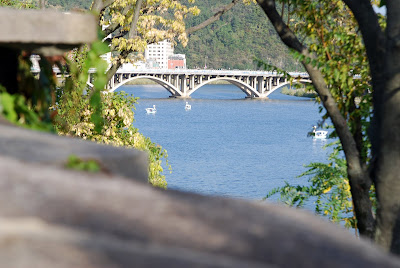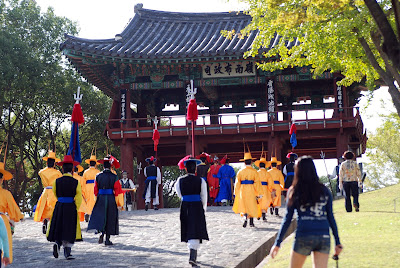
Jinju was an ancient city of Goryeonggaya in the Gaya Era. This city was called 'Geoyeolseong' of Baekje in the Three Kingdom Era, and was called 'Geoyeolju', 'Cheongju', and 'Gangju' in the Unified Silla Era. Name of this city was changed into 'Jinju' for the first time in the 23rd year of King Taejong of the Goryeo Dynasty(940).
It became 'Jinju-mok', one of 12 moks(local administrative units in Goryeo and Joseon Dynasty) in the 2nd year of King Seongjong(983). In the 33rd year of King Gojong of the Joseon Dynasty(1896), administrative district of the nation was reorganized with 13 provinces. At that time Jinju began to belong to Gyeongsangnam-do, and became capital town of Gyeongsangnam-do. And provincial governor started to reside at Jinju. On April 1, 1925, Busan replaced Jinju as provincial capital.
On August 15, 1949, the government of the Republic of Korea was established and 'the local self-government system' was started. At that time, Jinju-bu was raised to Jinju-si(city) and started to have mayor of the city. On January 1, 1995, in accordance with 'the Law pertaining to the establishment of Urban-Rural Integrated City', Jinju-si and Jinyang-gun became extinct and were merged into one integrated Jinju-si(city).







































